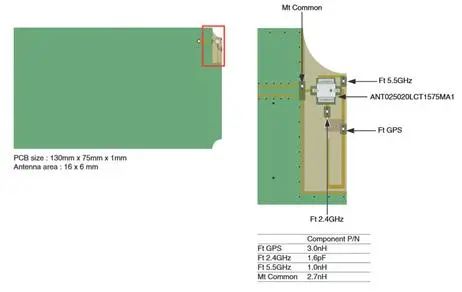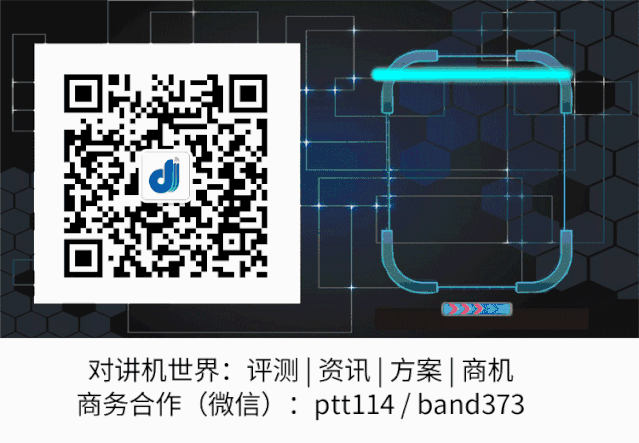Block Ceramic Antennas and LTCC Process Antennas
Block ceramic antennas are produced by sintering a solid ceramic body at high temperatures, followed by printing the metal part of the antenna on the surface of the ceramic block.
Multi-layer antennas are fabricated using a low-temperature co-firing method (LTCC), where multiple layers of ceramic are stacked and aligned before being sintered at high temperatures. This allows the metal conductors of the antenna to be printed on each layer of ceramic dielectric according to design requirements. LTCC antennas effectively reduce antenna size by utilizing high dielectric constants and multi-layer characteristics. The dielectric constant of ceramics (generally between 9 and 16) is higher than that of PCB circuit boards (generally between 4 and 4.5), so using ceramic antennas can effectively shrink the antenna size.
 TDK Multi-band Ceramic Antenna
TDK Multi-band Ceramic Antenna
 High requirements for PCB design during use
High requirements for PCB design during use
On-board Antennas (PCB Antennas)
On-board antennas directly use the PCB as the medium, implementing the antenna through PCB technology, which can be considered virtually cost-free. They are also simpler to assemble; however, the dielectric material has higher losses, leading to reduced efficiency. They are commonly found in wireless modules operating in the ISM 2.4GHz band, such as Bluetooth, WIFI, and ZigBee.
 Inverted F Antenna and Monopole Antenna, design considerations remain
Inverted F Antenna and Monopole Antenna, design considerations remain
External Antennas
External antennas are implemented by reserving RF connectors on the PCB. The advantage of external antennas is the wide variety of antenna types available, allowing for optimal product solutions by selecting different antenna forms. Advantages include guaranteed radiation patterns, high efficiency, strong anti-interference capabilities due to reduced interference from the motherboard, and minimal tuning required. However, they are more costly and involve assembly processes, unlike the first two types, which can be directly handled through SMT or PCB.
 Pros and cons of various antennas
Pros and cons of various antennas
If you have design and debugging needs for such antennas, please leave a message.


